IAMBIC creates AI-tailored footwear for modern professionals. Each pair starts with a smartphone scan and comfort profile. The proprietary Fit Engine analyzes over twenty biometric data points to create a digital last unique to you.
Handcrafted in Portugal from full-grain Italian leather, each shoe combines European craftsmanship with advanced biomechanics. Recognized as a TIME Best Invention, IAMBIC merges science, design, and movement where comfort meets precision.
Not ready to order? Take the Fit Guide Quiz for personalized fit guidance.
The new rules of professional footwear
Five years ago, a boardroom demanded polished Oxfords. Then the Zoom era arrived, shifting focus from full suits to waist-up presentation. Now, professionals move between co-working spaces, client offices, and social events in a single day.
The dress code did not vanish. It evolved into micro-contexts where expectations shift constantly. This new environment created a category called power casual, where authority comes from confidence and consistency, not tradition.
The uniform that no longer exists
Classic executive dress once followed predictable rules: dark suit, white shirt, black or brown Oxfords. Today’s leaders navigate venture capital offices that favor sneakers, corporate boardrooms that value formality, and hybrid spaces where neither applies cleanly.
According to Microsoft’s Work Trend Index, the average executive operates from 2.5 locations daily. Traditional footwear cannot transition across that many contexts comfortably or credibly. Learn more in our Precision Fit Program.
Why traditional categories failed
Shoe brands tried to bridge the gap with “dress sneakers” or “comfort dress shoes.” Neither fully works. Oxfords convey discipline but feel outdated in creative spaces. Sneakers communicate ease but undermine presence in formal settings.
Professionals often juggle multiple pairs: Oxfords for meetings, sneakers for commutes, hybrids for in-between moments. These are partial fixes for a deeper problem: footwear built around outdated assumptions of how work happens.
The performance gap nobody measures
Modern executives do not choose between formality and comfort; they choose between endurance and fatigue. The right shoes maintain posture, composure, and presence across 12-hour days and varied environments.
“Footwear protects the foot from extremes in moisture, temperature, and terrain. It also serves a fashion function, and those two requirements rarely align perfectly.”
— Dr. Hylton Menz, La Trobe University
Reading the room through footwear
Power casual is not about relaxing standards but mastering context. Oxfords at a startup accelerator read as tone-deaf. Running shoes in a private equity meeting suggest lack of respect. Footwear now communicates awareness before you speak a word.
Modern leaders must blend approachability and authority through intelligent design choices. Learn more about IAMBIC’s design philosophy.
The engineering solution to a cultural problem
Performance footwear for professionals requires both endurance and elegance. IAMBIC builds shoes from first principles, combining AI, data, and craftsmanship to match the way executives move today.
- Temperature-balanced, breathable materials
- Structural stability for 10,000+ daily steps
- Design language appropriate for any context
- Precision fit that removes distraction
3D scanning captures geometry; AI optimizes fit and posture alignment. The result is footwear that adapts to you. Explore the technology behind the Fit Engine.
The early adopters’ advantage
Executives who adopt precision-fit footwear stand out without trying. They move with consistency from morning meetings to evening events, maintaining comfort and composure the entire day.
While others rotate shoes or manage discomfort, they maintain presence and focus. Read how one leader made the switch.
Beyond the shoe: Redefining leadership presence
Power casual reflects a shift in values: competence over conformity, performance over presentation. The future of executive style lies in adaptive design that supports mobility, energy, and subtle confidence.
The one shoe that replaces Oxfords and sneakers is not a compromise, it is an evolution. Learn what makes our approach different.
Footwear must now balance endurance, sophistication, and adaptability. Discover the Precision Fit Program.
The path forward
Stop choosing between formality and comfort. Choose alignment. The executives thriving in the new era are not following old rules. They are rewriting them through intelligent simplicity.
Take the Fit Guide Quiz to find your precision fit. Equip yourself for performance that lasts, presence that endures, and design that evolves with you.
Not ready to order? Take the Fit Guide Quiz for personalized guidance.
FAQs
Do I need to take the Fit Guide Quiz before ordering?
You can order directly from the MODEL T page, or start with the Fit Guide Quiz for personalized fit guidance.
How long will delivery take?
Most orders ship in about 4 to 6 weeks after your virtual consultation. Learn more in How Custom-Fit Shoes Work.
What makes IAMBIC different from “wide” sizing?
“Wide” adjusts width alone. IAMBIC builds a digital last from your scan to match volume, arch placement, and instep height with millimeter precision. See IAMBIC 101.
Is my scan data secure?
Yes. Data is encrypted and stored only for your fit refinement or future orders. Learn more in Technology.
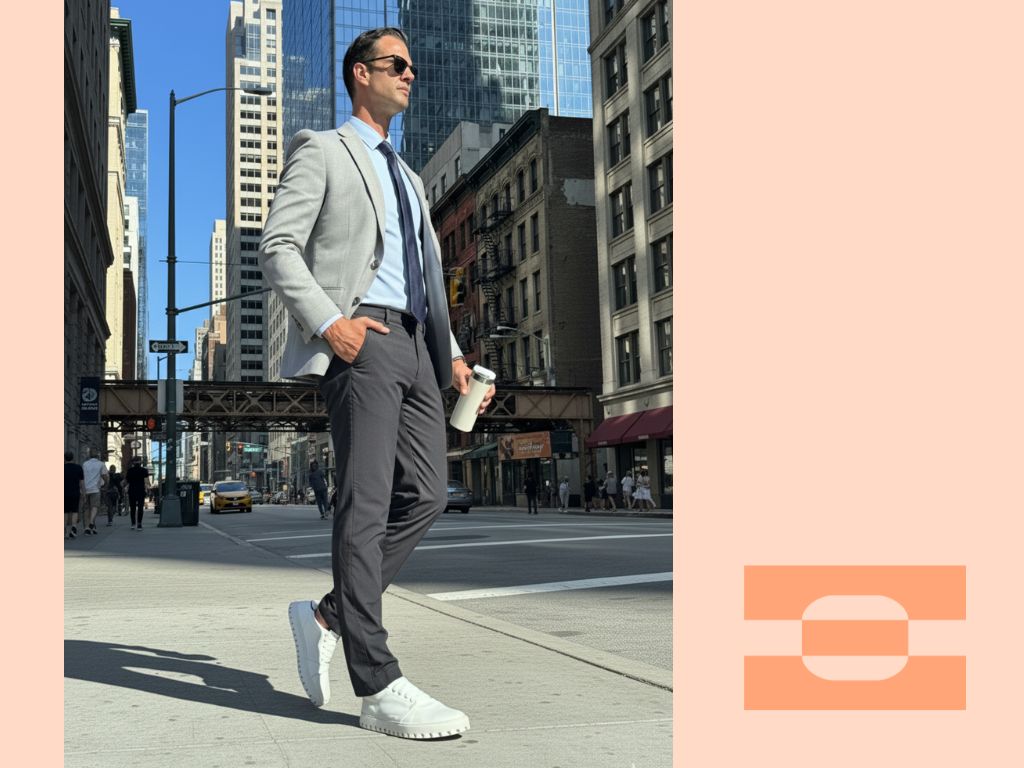
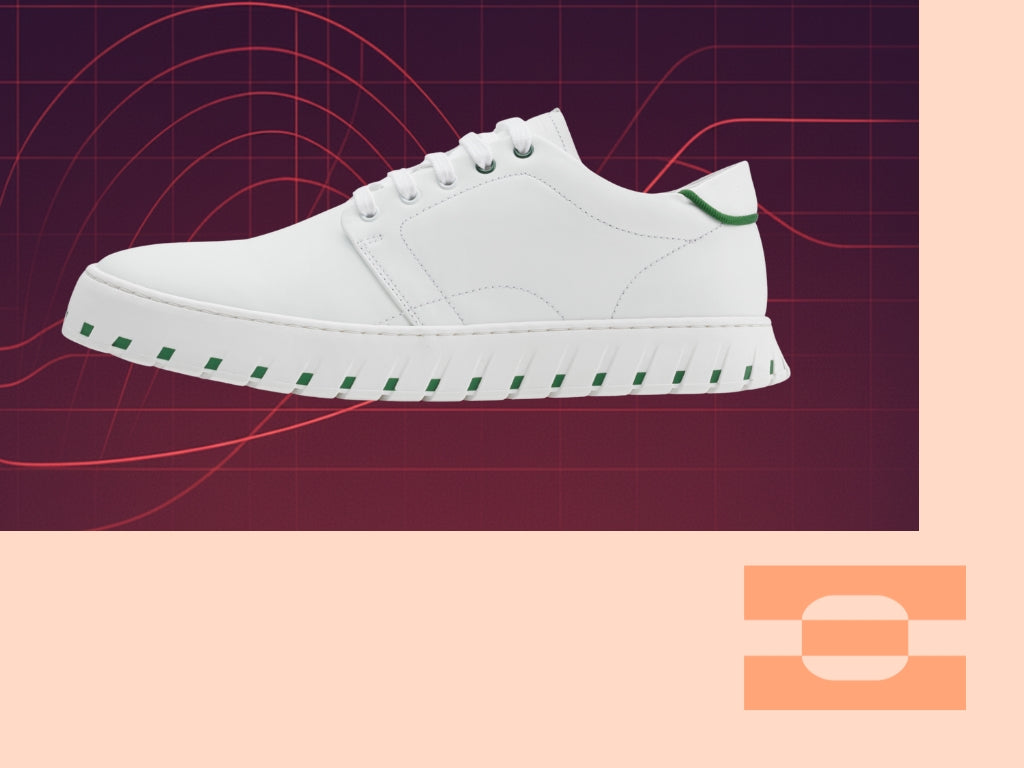
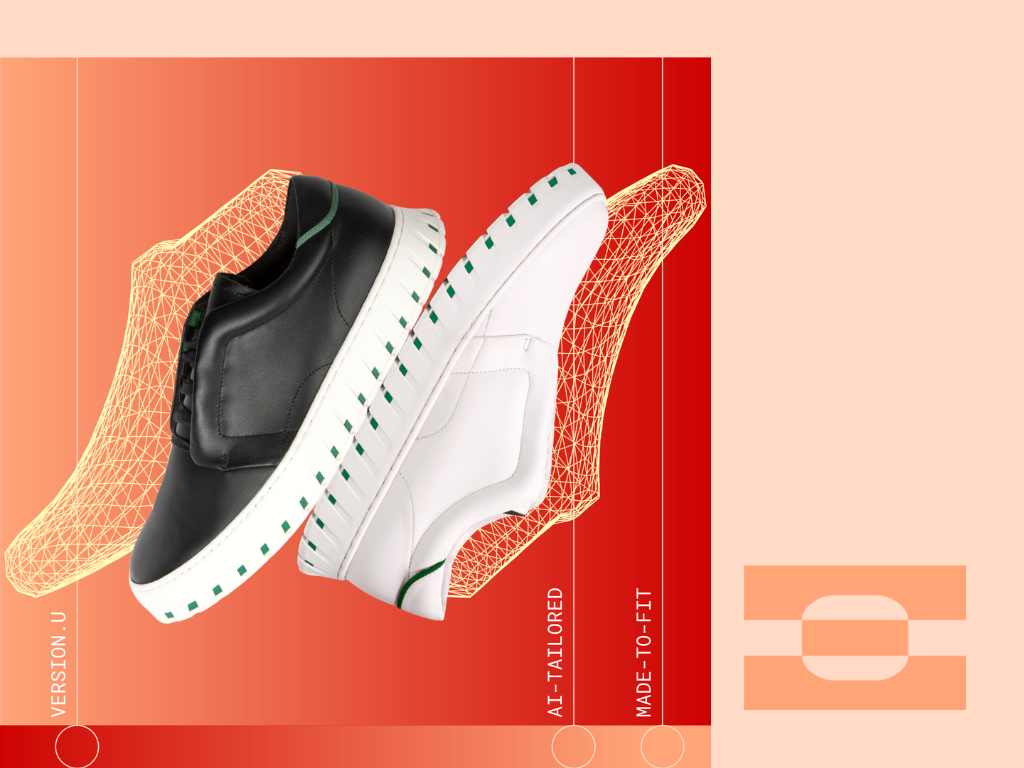


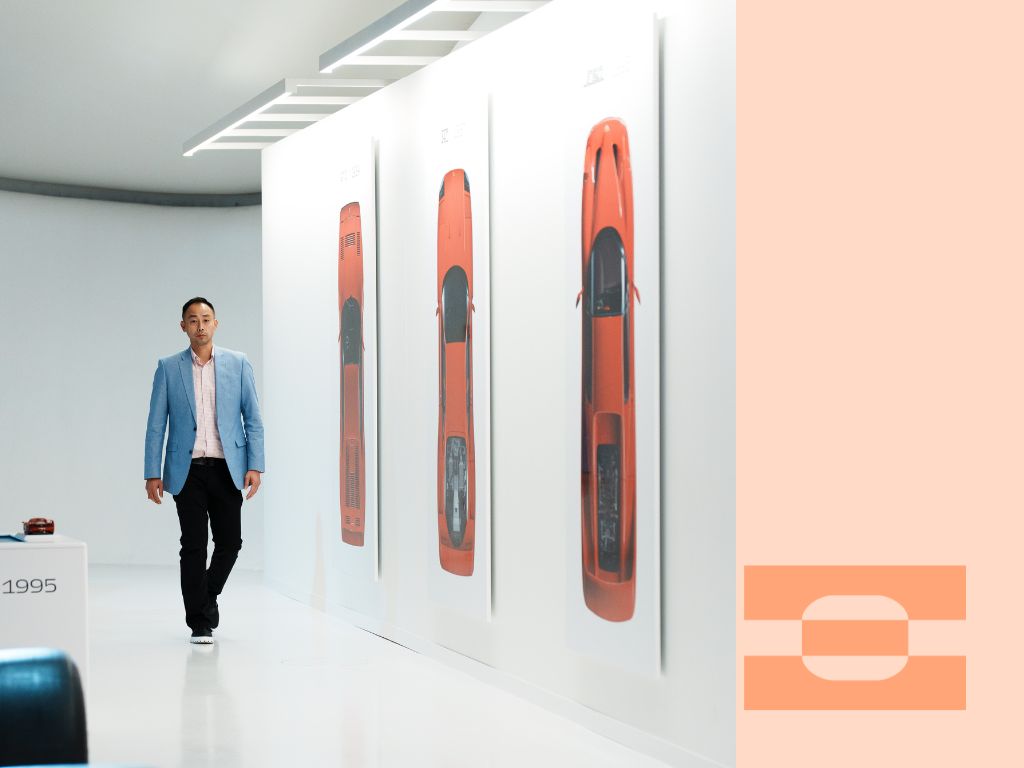

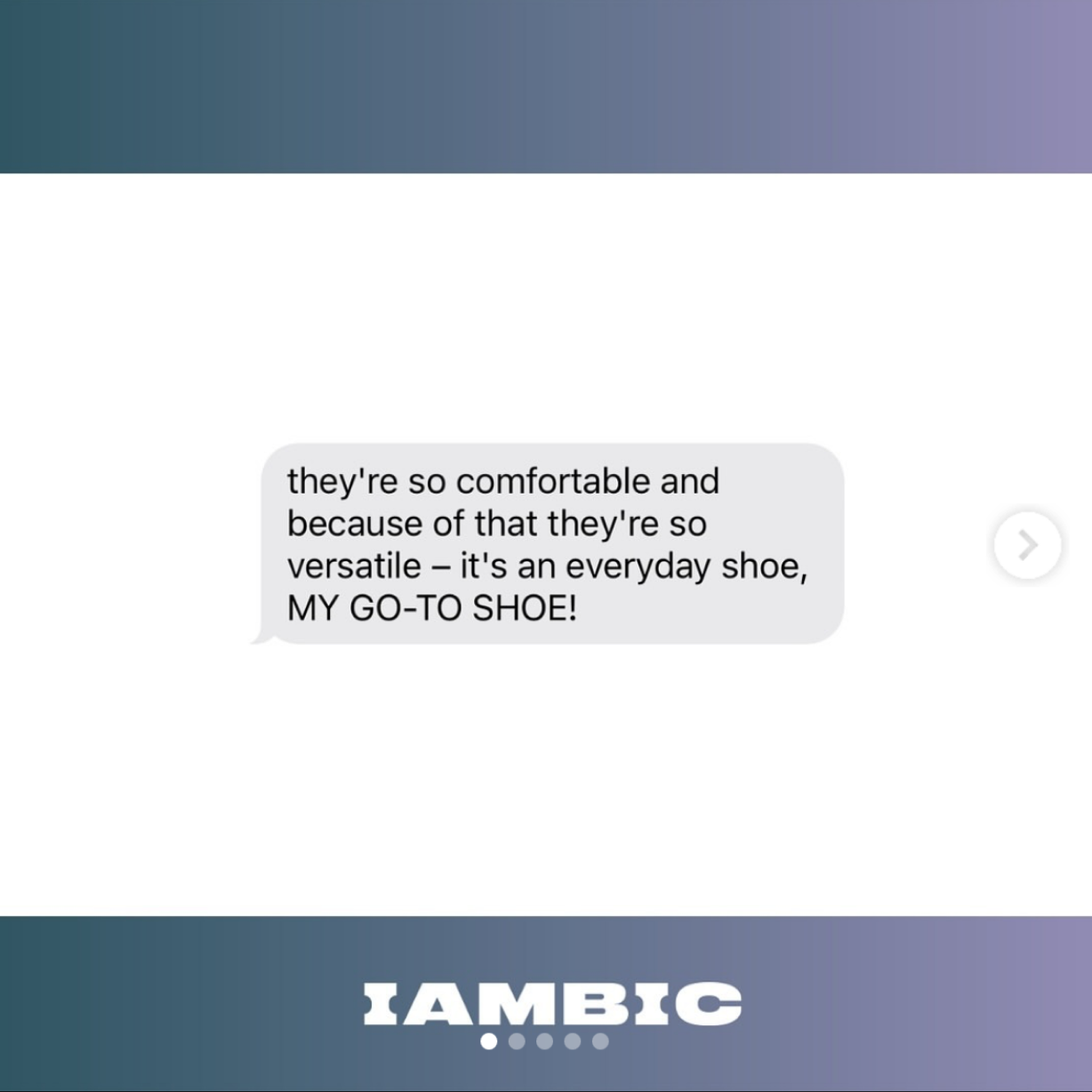
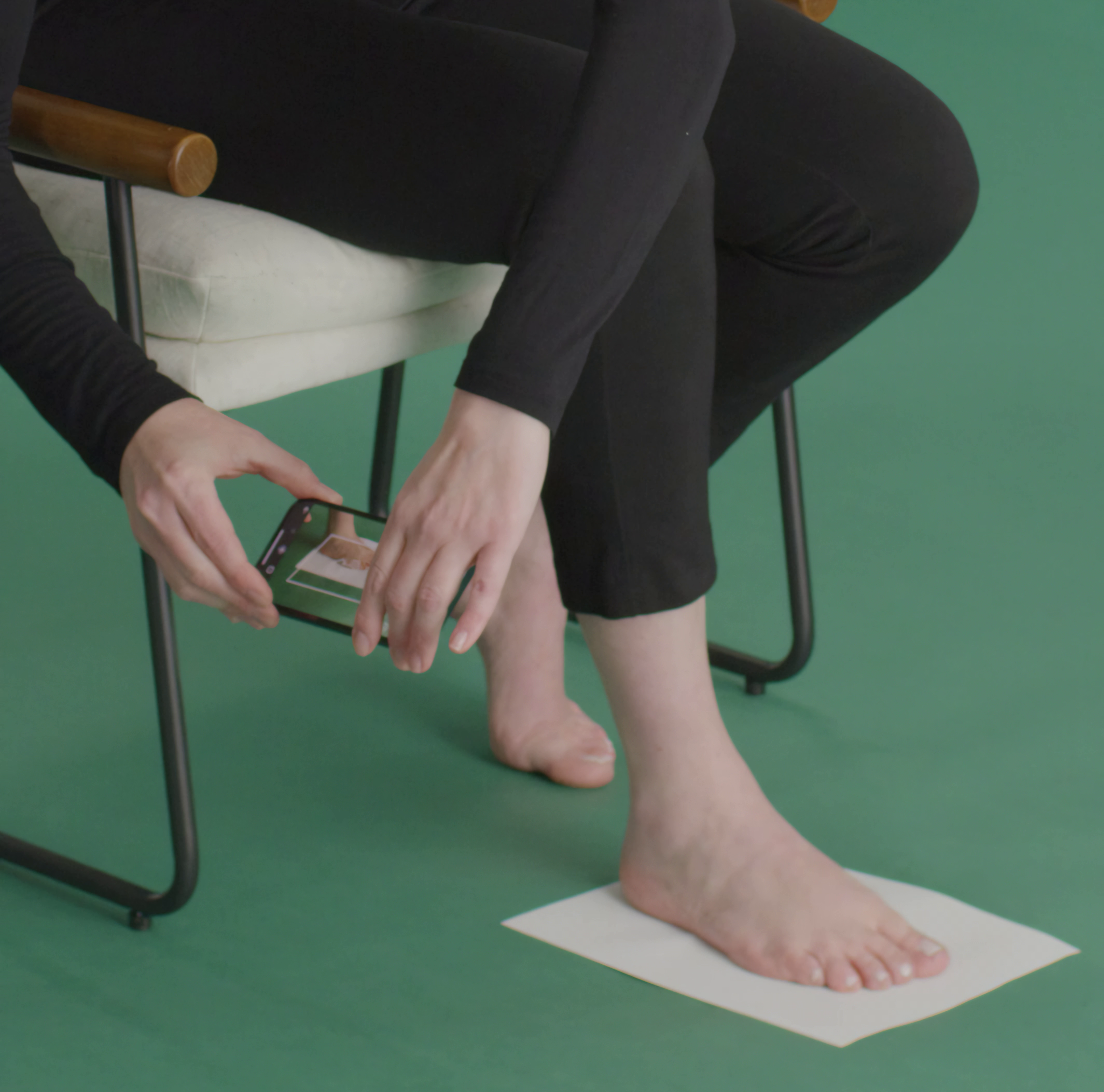

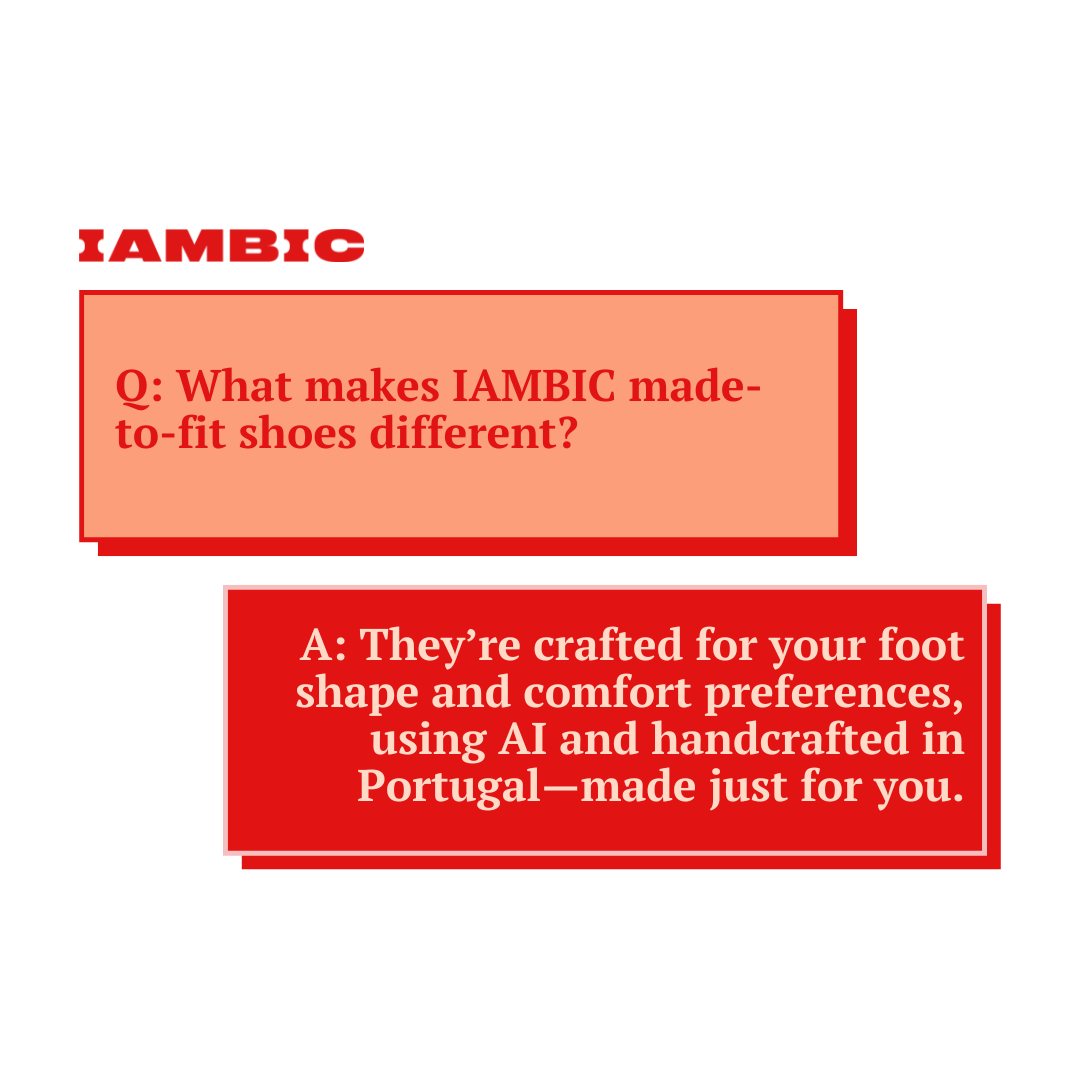
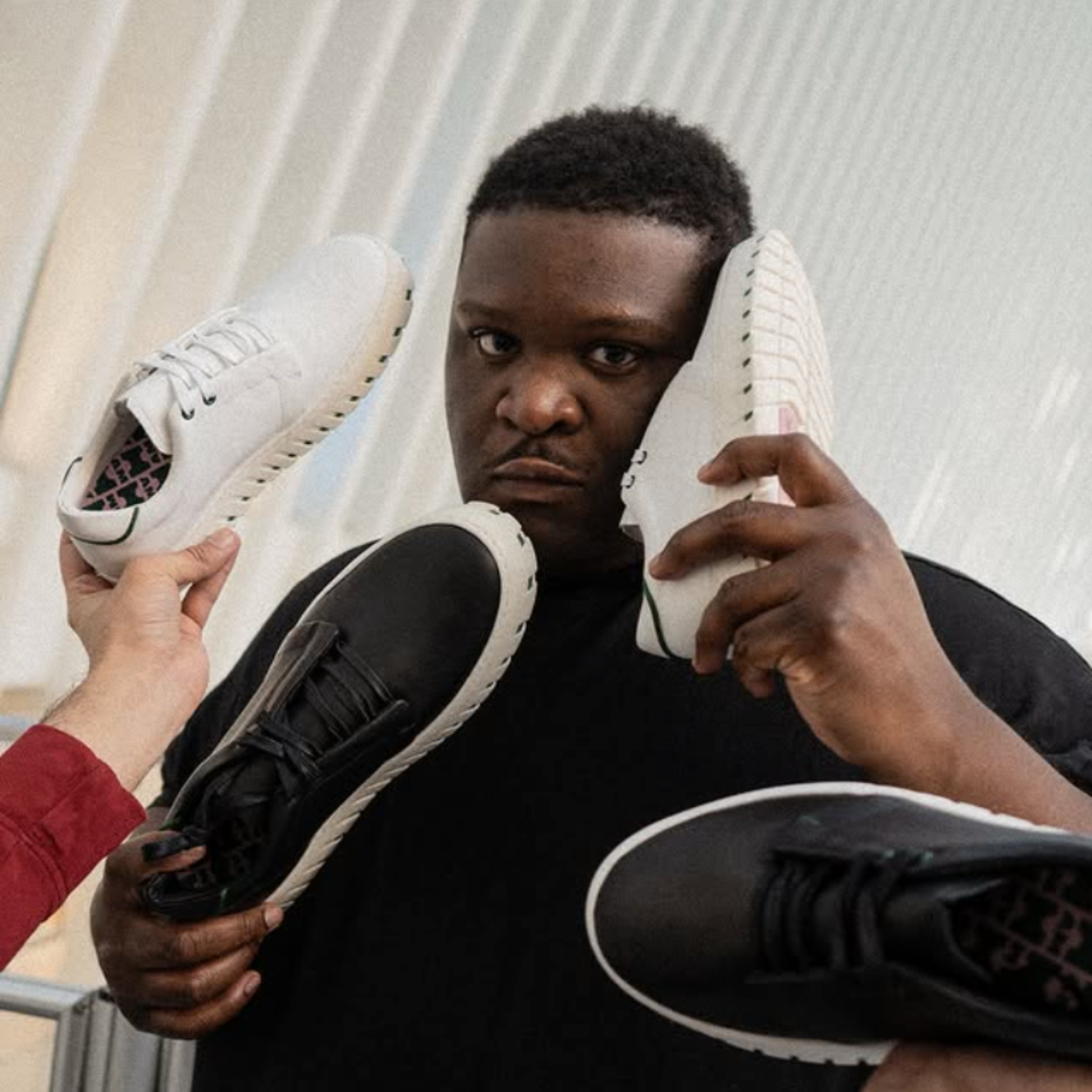
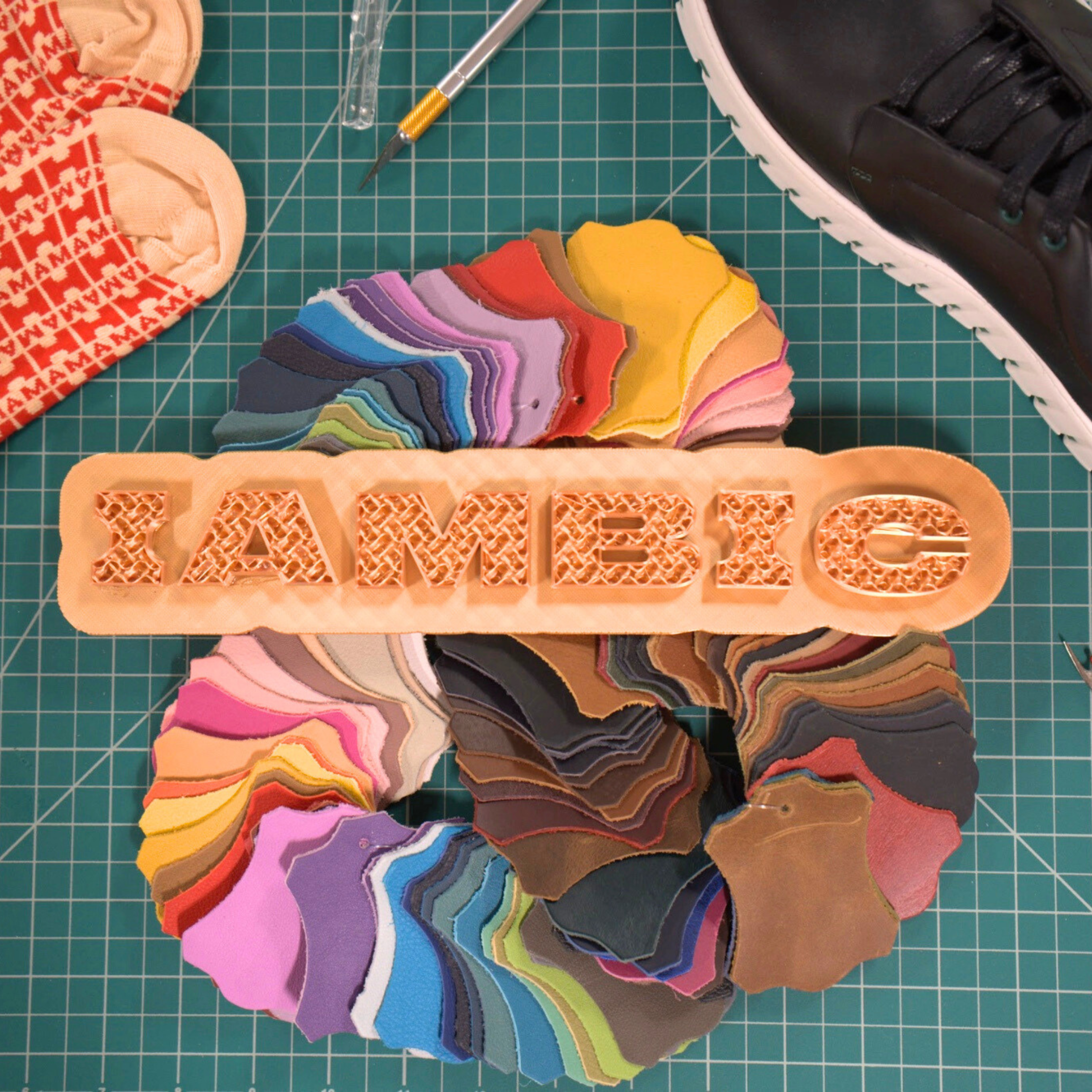
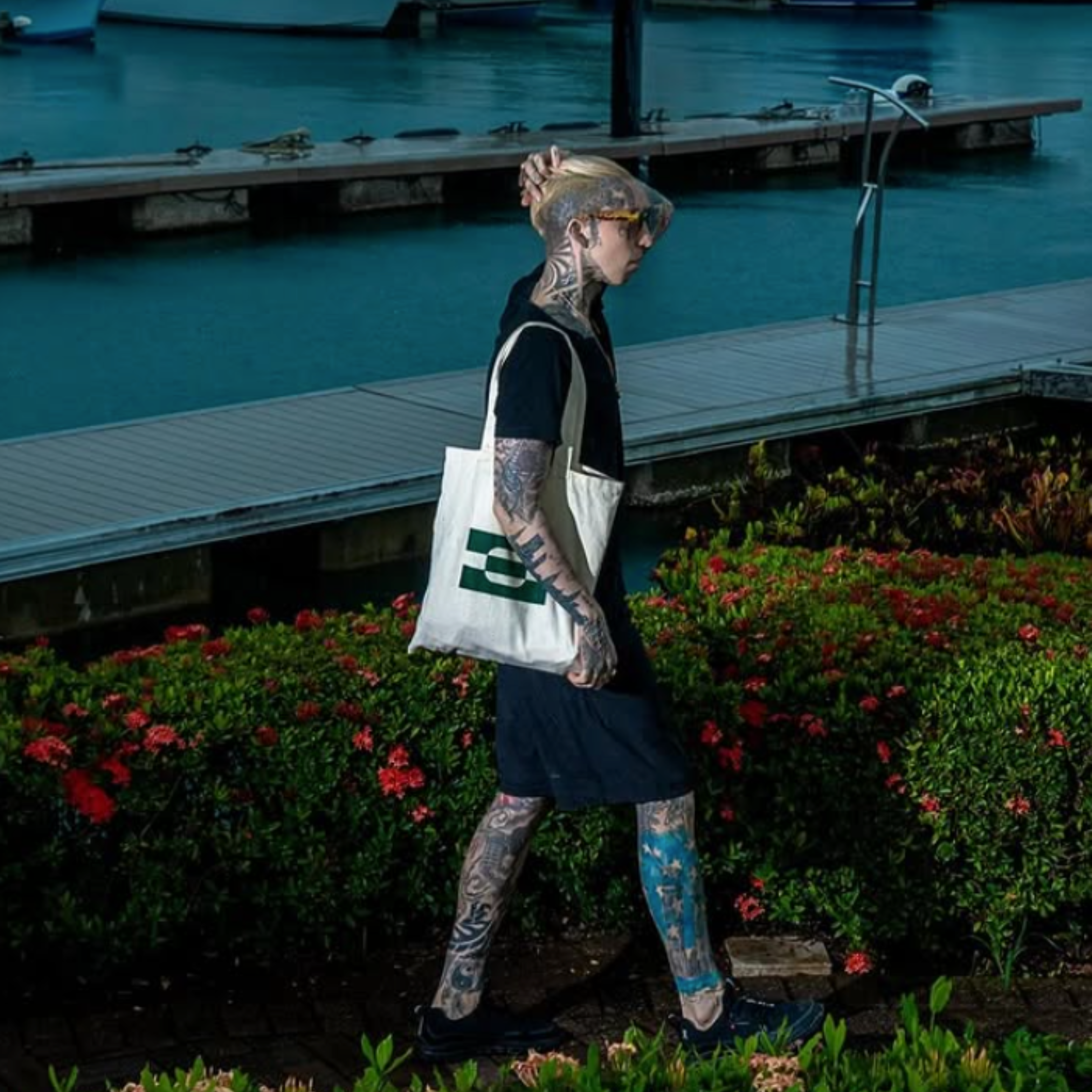
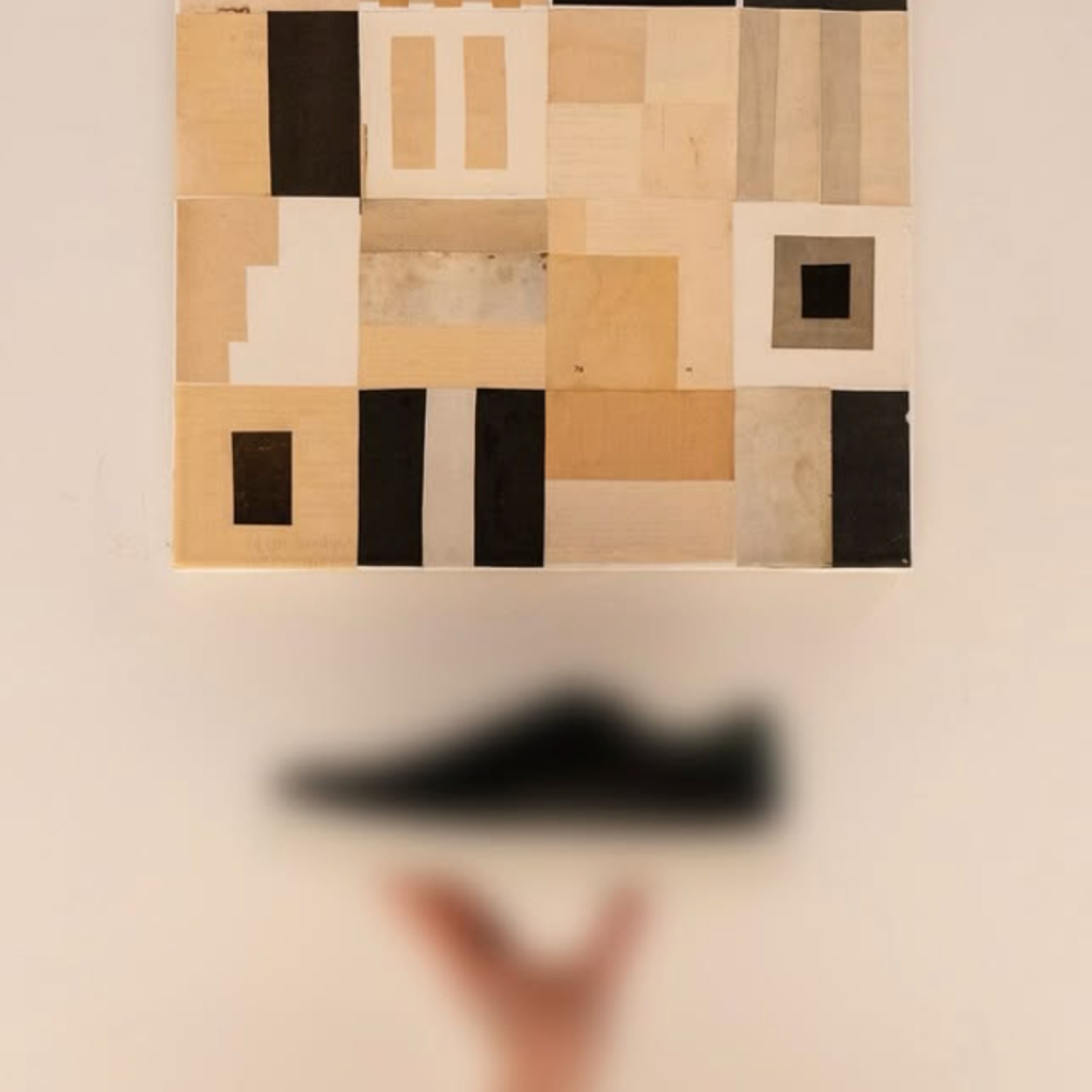
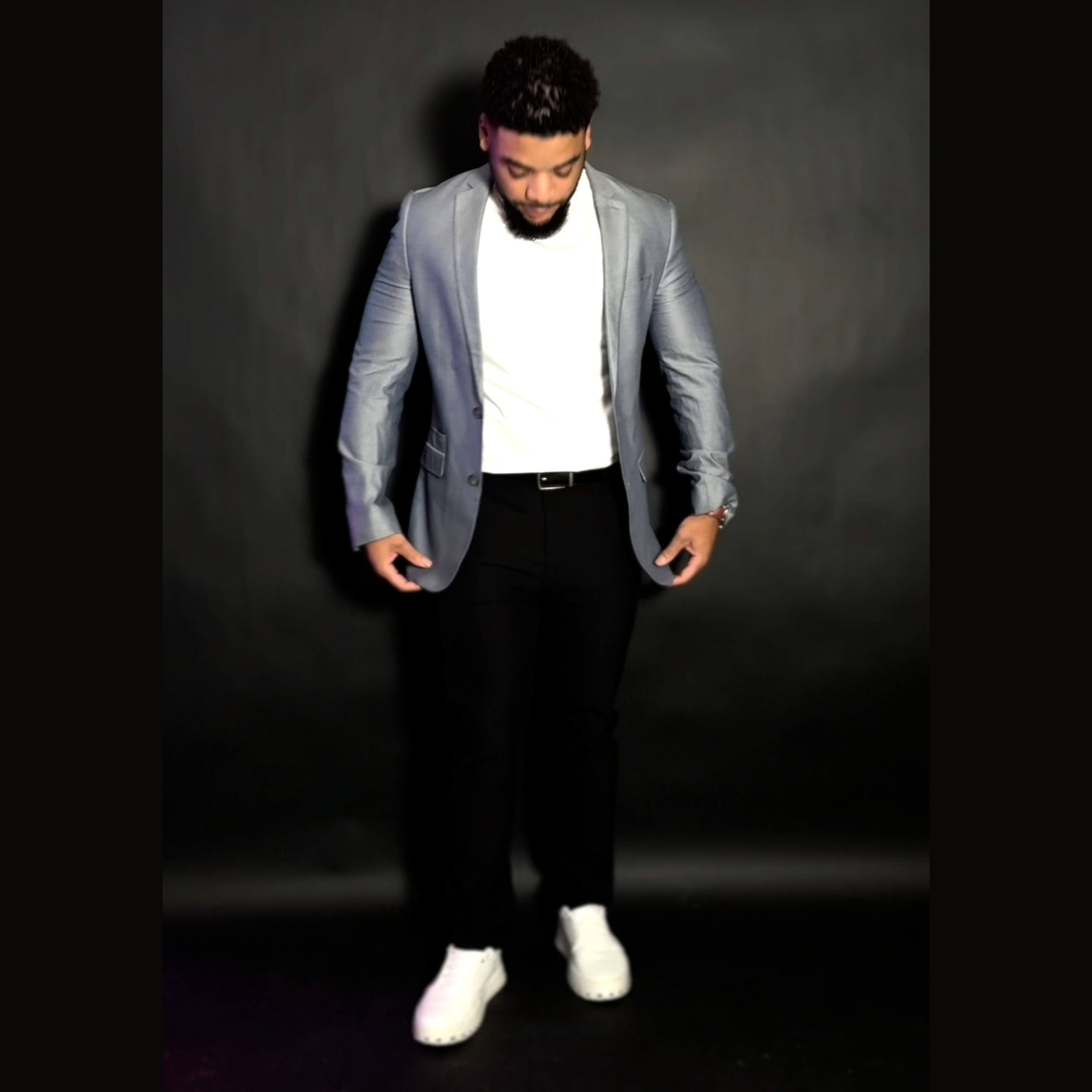
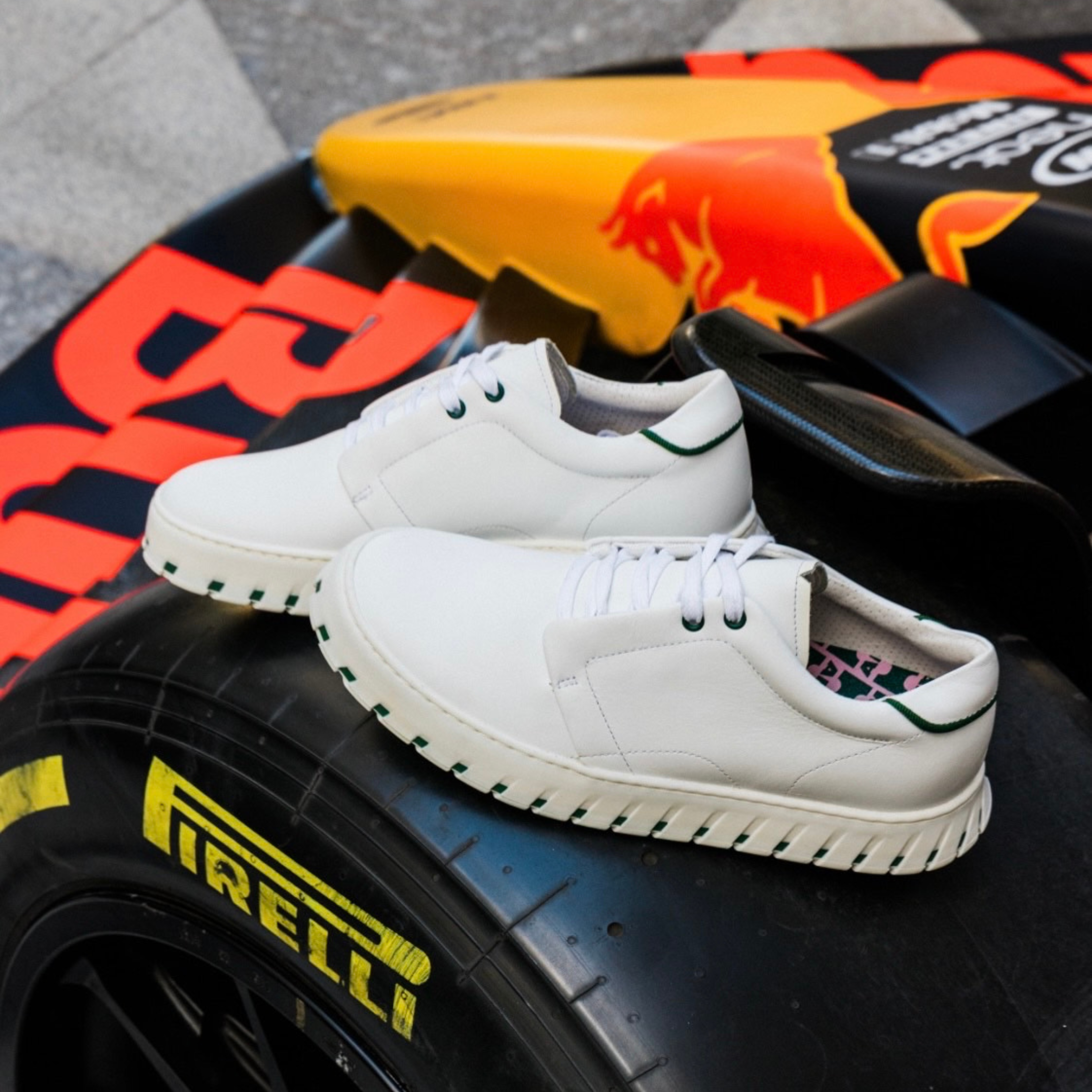
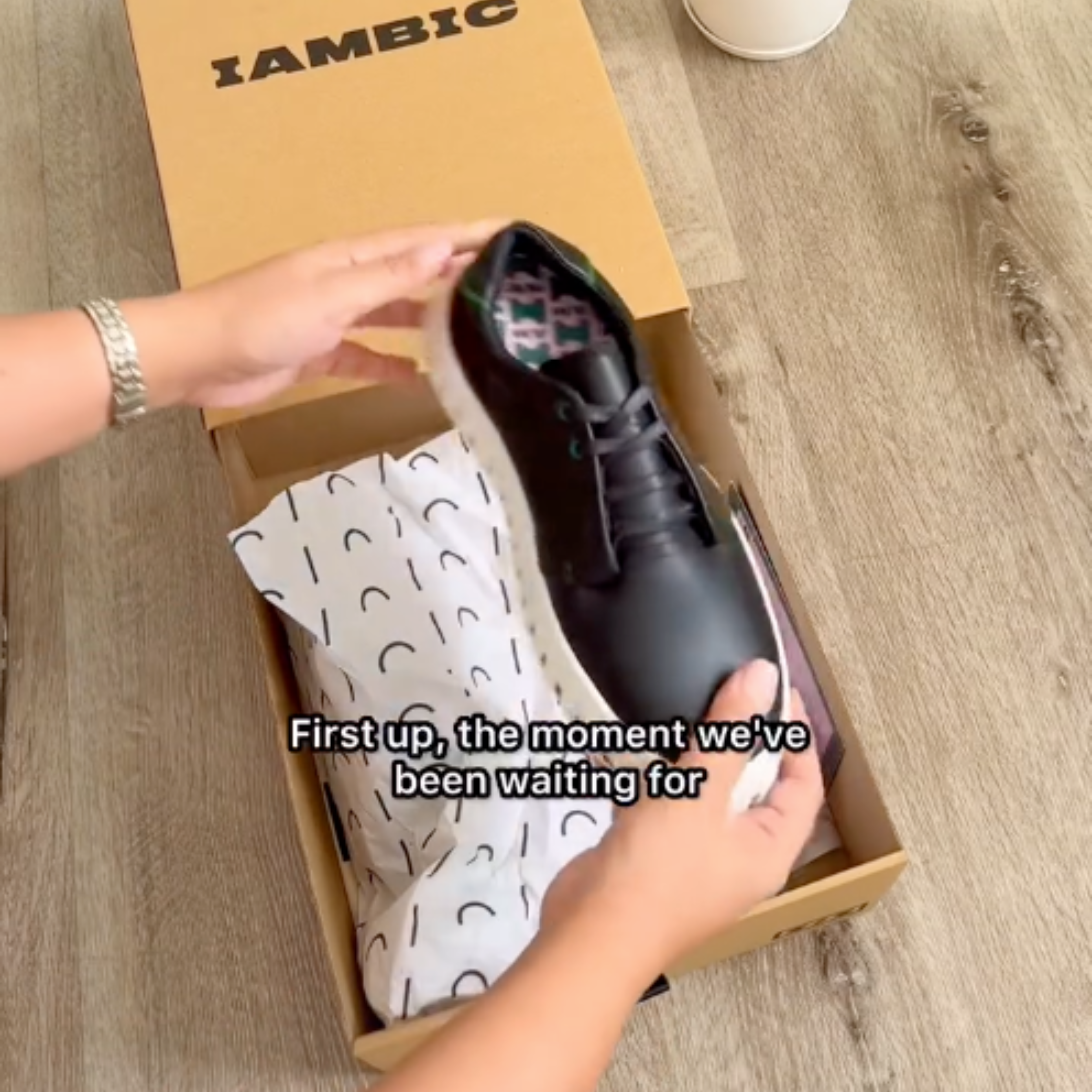
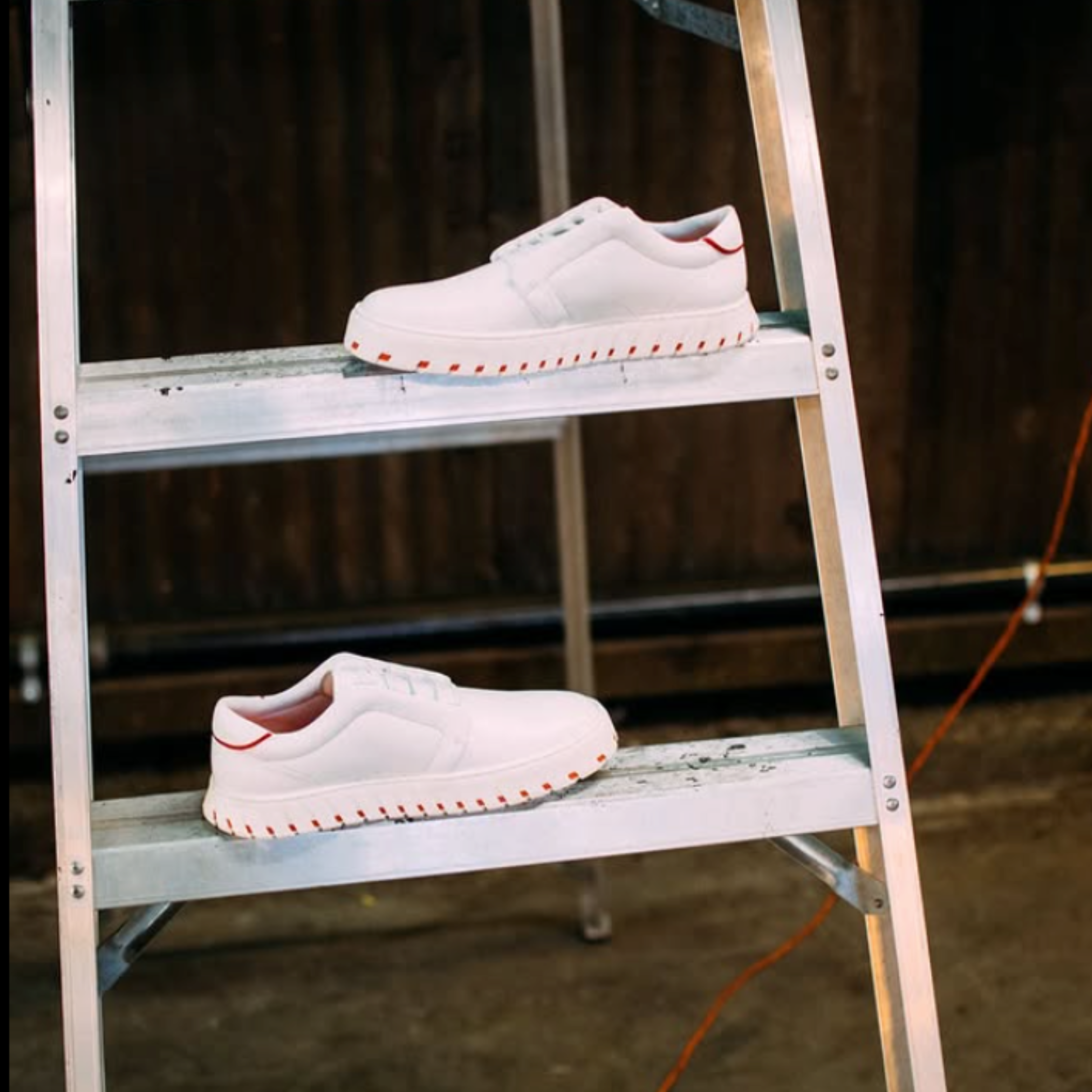
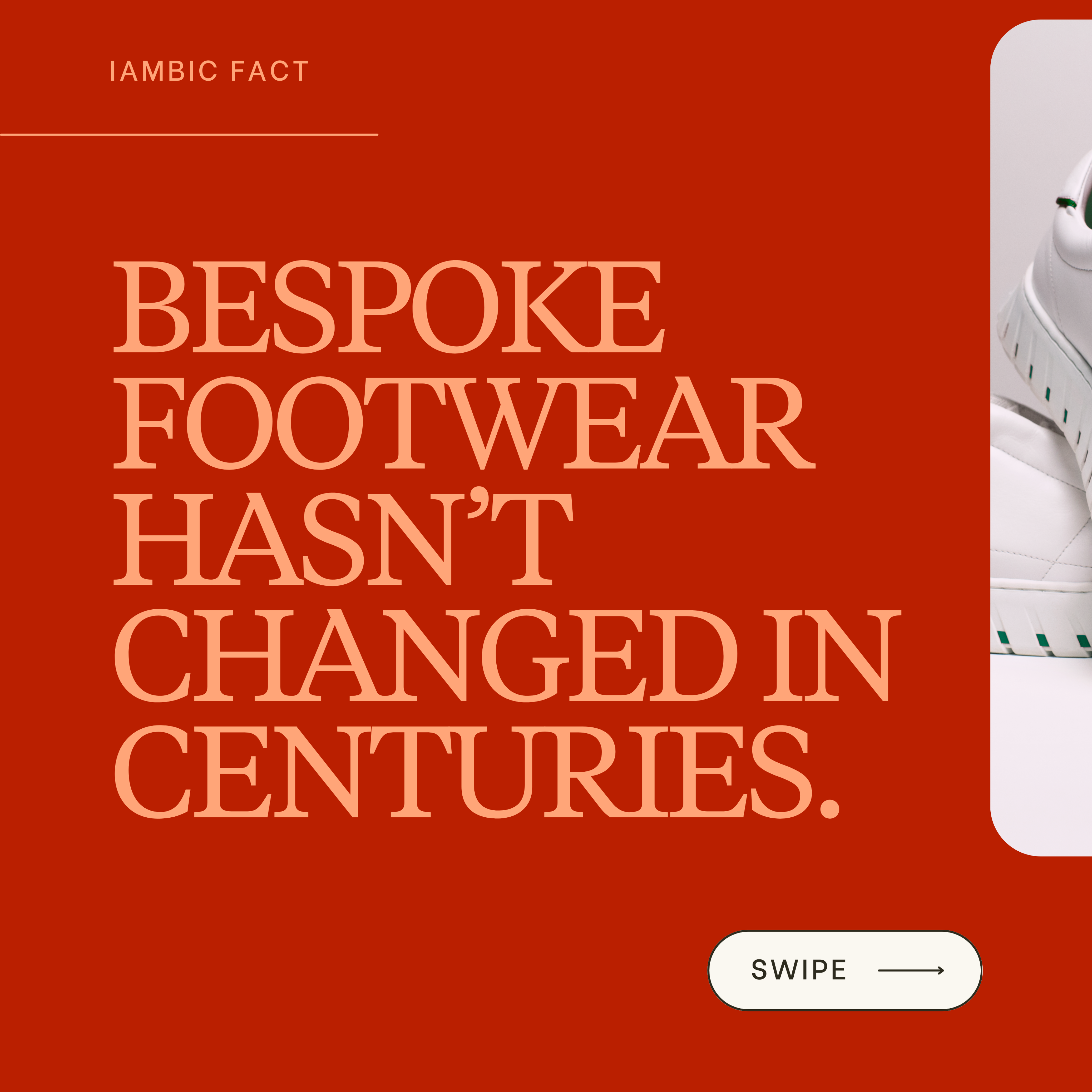
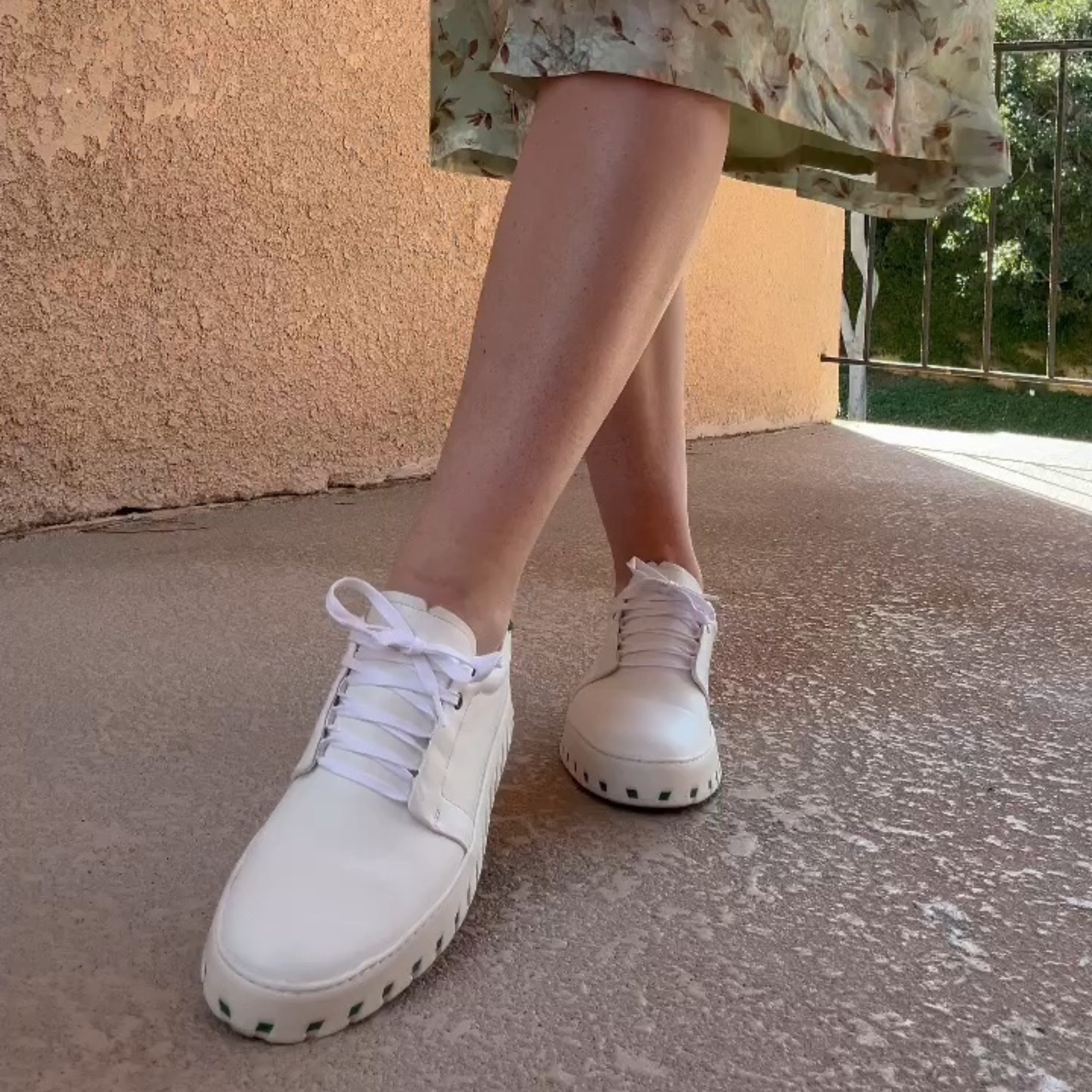
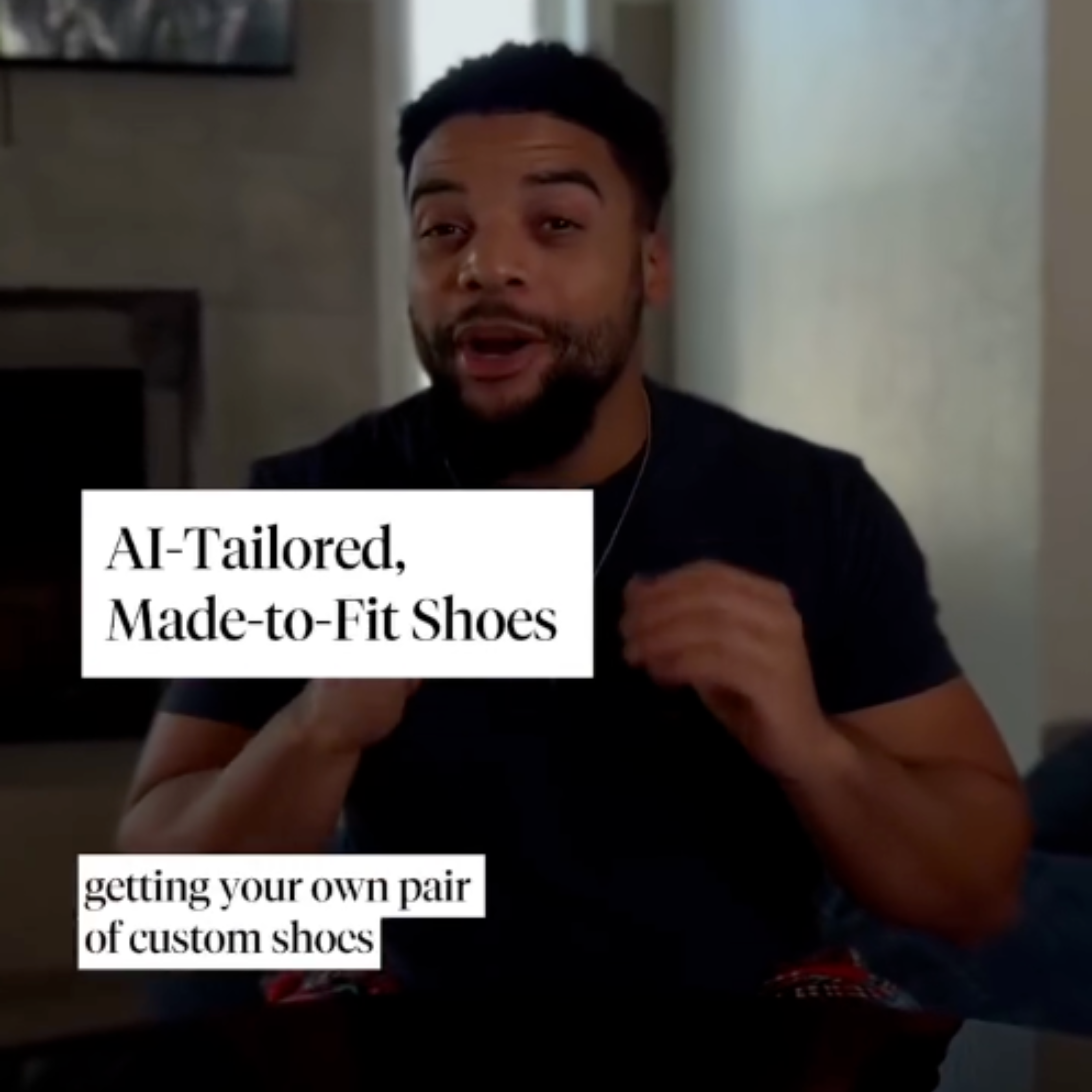
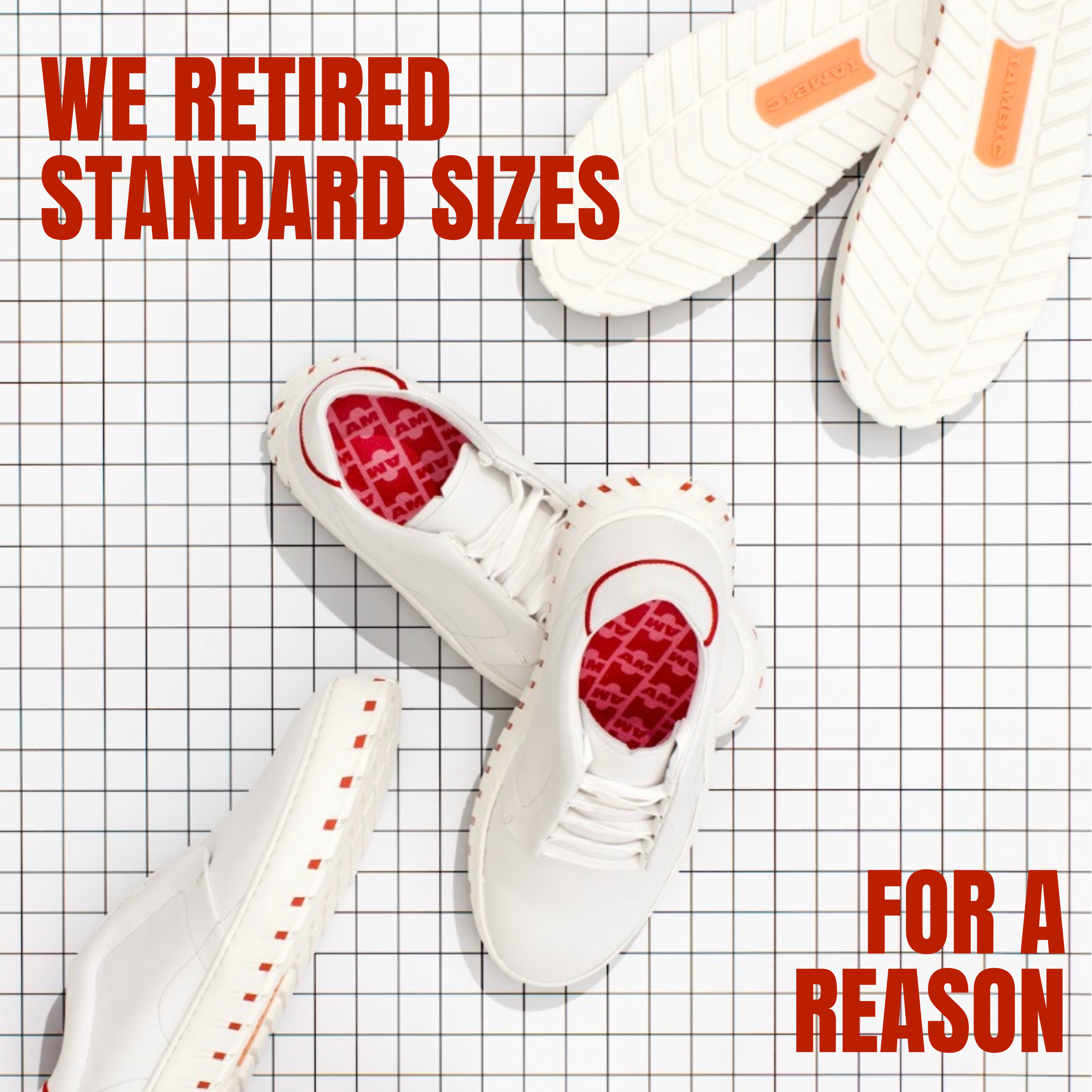
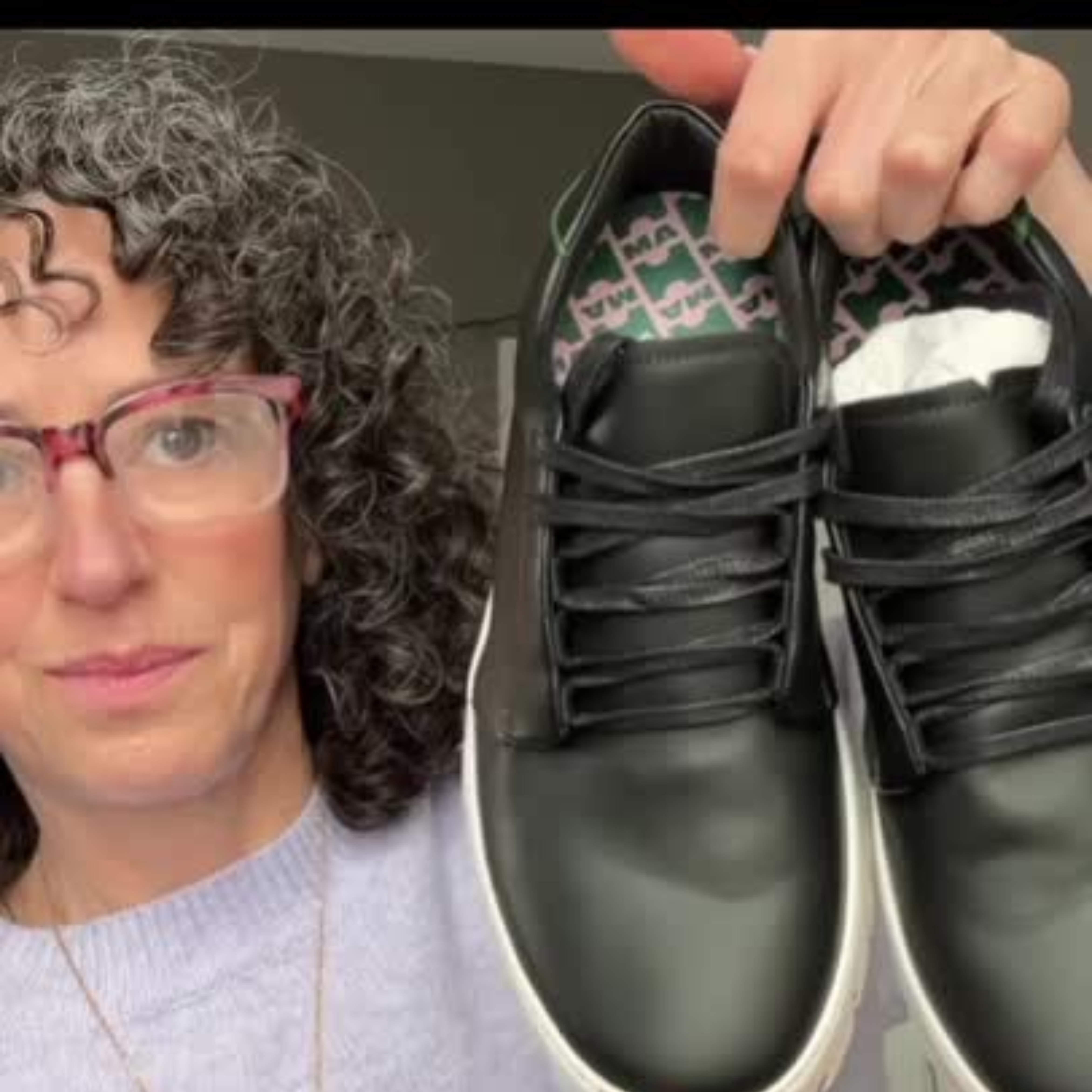

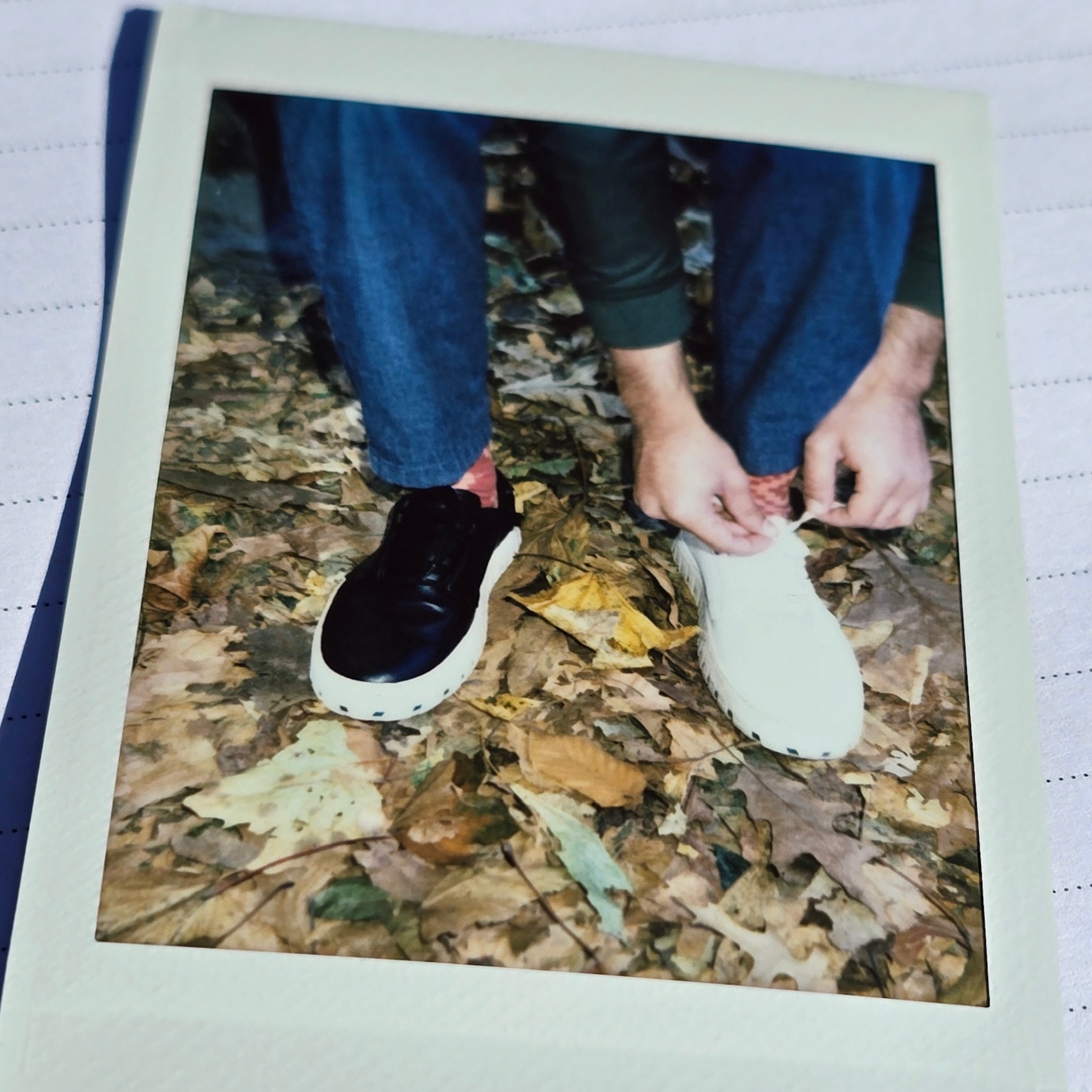
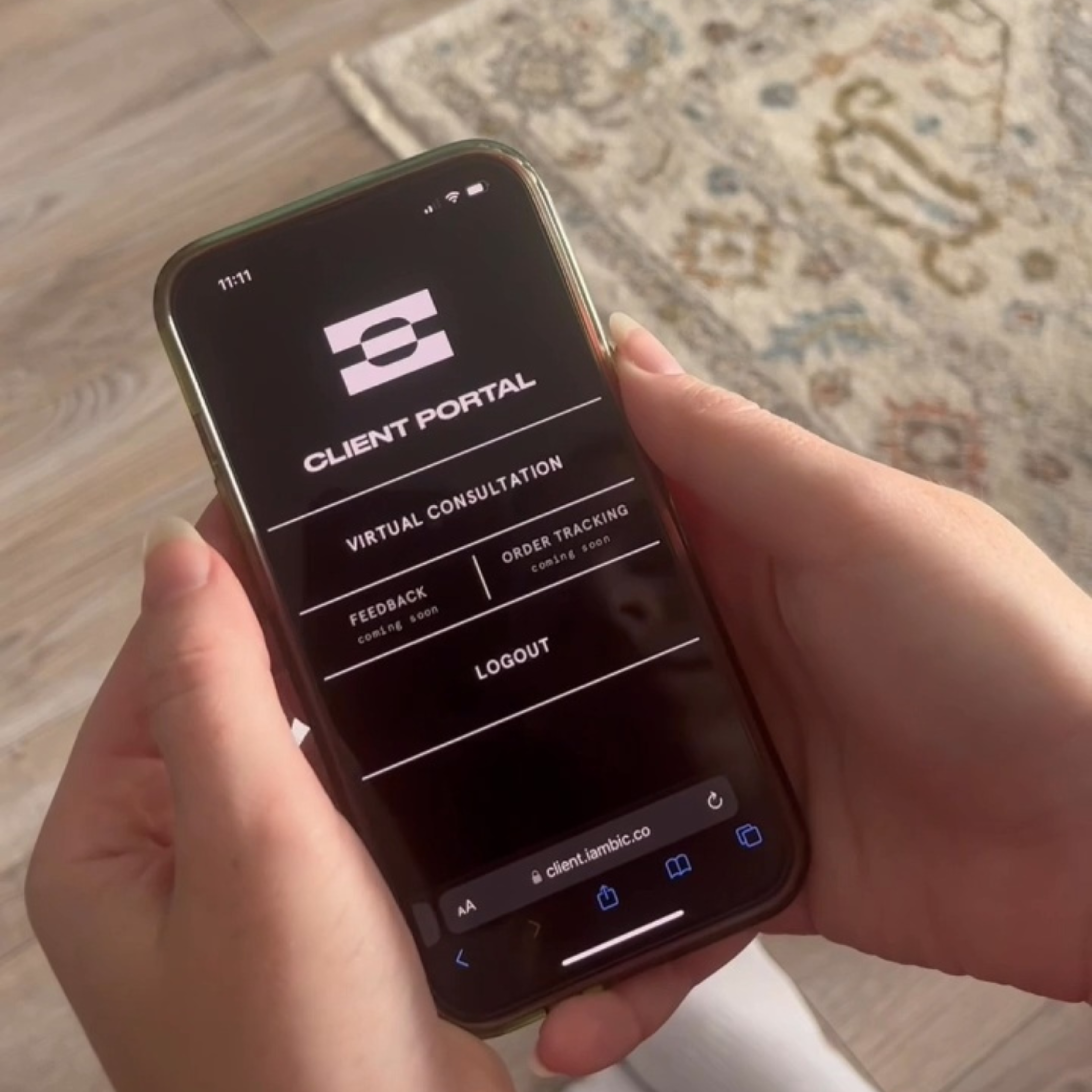
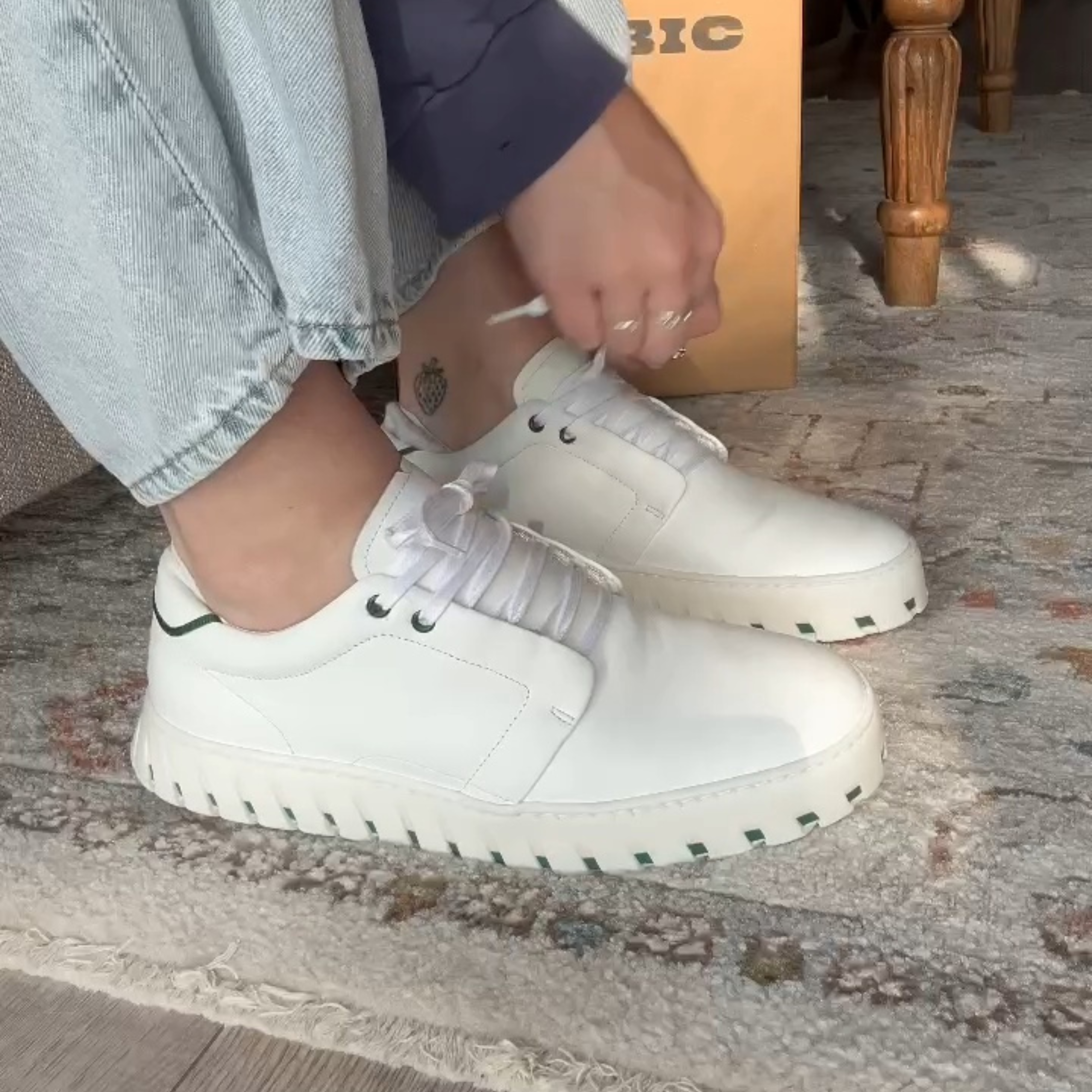
The most interesting thing about them being crafted just for me is how well they fit. And I had never even noticed that my shoes didn't fit right. My other shoes don't hurt me - they just slosh around. With these, the heels actually stay on the whole time and it fits snugly yet still comfortably. And I'd never experienced that before. They just stay comfortable all day.
As a runner, as an athlete, just knowing that I'm doing a good service to my body is incredible. It’s the reason that I love my IAMBIC shoes. It's that precision that makes me feel safe to walk down the street, get on the subway, do my commute, bring my kids to school, and not feel concerned that I'm doing it in a shoe that doesn't fit right or that doesn't feel good.
The thing that I was surprised by the most with the precision fit is that any pressure points thatI had been feeling with the shoes that I previously came in wearing were completely gone. I was wearing a shoe that wasn't too tight. It wasn't too loose. The sole fit just right. Total comfort.That's the best way to put it.
So I suffer from chronic foot pain and I believe that a lot of that has to do with wearing shoes that actually don't fit. Whenever I wear my IAMBICs, I've noticed that I have felt less pain, which is really incredible. And they're just so comfortable. I'm not worried about the back of my heel popping out or my ankles not having enough support. Also, they're just so stylish and every time I wear them out in the street, I always get compliments, which never happens to me.
A shoe that may feel comfortable for a half hour walk is not a shoe that always feels comfort able for a three and a half hour walk. So what I like about IAMBIC is, even though the snug fit is there and it feels comfortable, it also feels substantial enough that I can walk a lot without getting any discomfort. That's just something that's especially important to me and I think the shoe has really delivered that.
The first moment that I tried on my IAMBIC shoes, I noticed a difference. I have small feet. So whenever I try on shoes, I usually expect them to not fit. If they do fit, there's usually some sort of discomfort, whether that's in the toe box or too much space or at the heel. So knowing that this shoe was tailored to my foot was really meaningful. It's rare that you find a shoe like IAMBIC that truly is comfortable, but also hits the markers of style versatility.
I think we're all placed on this earth as unique individuals. None of us are really off the rack in terms of sizing. So for me to have that experience of having something made specifically for me that fit perfectly was something that was a little bit mind blowing. And once I got the shoes, I tried them on, they looked great, they felt great. And honestly, they fit like a glove.